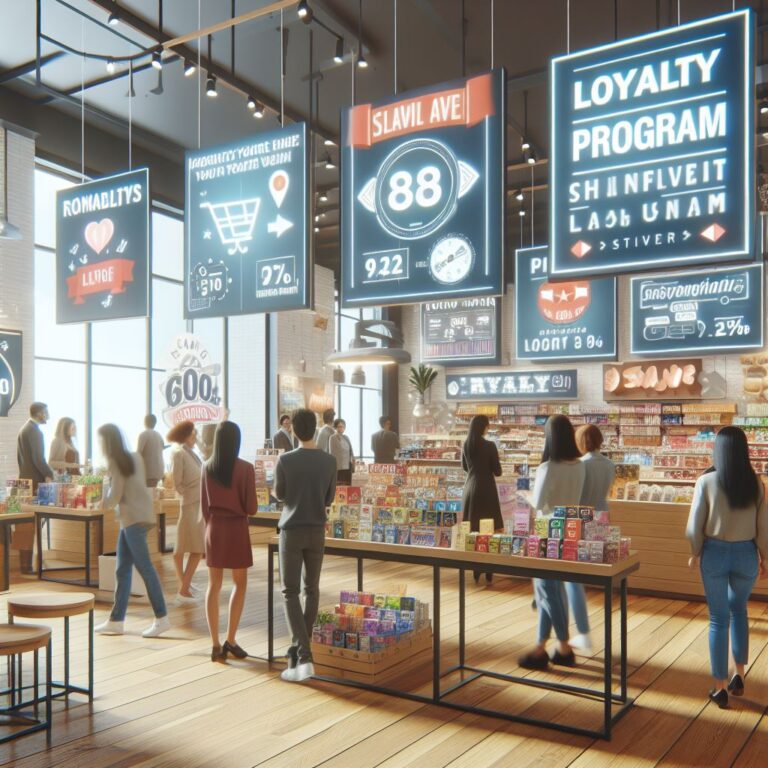Leveraging Retail Marketing Strategies for In-Store Success

Retail marketing is a dynamic field, requiring a blend of traditional and modern strategies to attract customers and boost sales. This comprehensive exploration delves into three key areas of retail marketing: in-store promotions, loyalty programs, and digital marketing, each crucial for driving in-store traffic and increasing sales.
In-Store Promotions: Captivating Customer Attention
In-store promotions are a direct and effective way to capture customer attention and encourage purchases. These can range from special discounts to buy-one-get-one-free offers, limited-time sales, or exclusive in-store events. The key to successful in-store promotions lies in creating a sense of urgency and exclusivity, making customers feel they are getting a special deal that is not available elsewhere.
Effective in-store promotions involve strategic product placement, eye-catching signage, and engaging displays. For example, placing promotional items at the front of the store or in high-traffic areas can significantly increase their visibility. Additionally, training staff to knowledgeably talk about the promotions can enhance customer engagement and lead to higher sales conversions.
Another aspect of successful in-store promotions is integrating them with broader marketing campaigns. This includes advertising promotions through social media, email marketing, and local advertising, creating a multi-channel approach that maximizes reach and effectiveness.
Loyalty Programs: Fostering Long-Term Customer Relationships
Loyalty programs are a powerful tool for building long-term customer relationships and encouraging repeat business. These programs typically offer rewards, points, or benefits to customers based on their purchasing behavior, incentivizing them to continue shopping at the store. The effectiveness of loyalty programs lies in their ability to make customers feel valued and appreciated.
Designing a loyalty program requires understanding customer preferences and shopping habits. Programs should be easy to understand and participate in, with clear and attainable rewards. Personalized rewards, such as special discounts on customer favorites or birthday offers, can further enhance the appeal of loyalty programs.
Technology plays a significant role in modern loyalty programs. Digital loyalty cards, mobile apps, and customer relationship management (CRM) systems can streamline the process, making it easier for customers to accumulate and redeem rewards. Additionally, data collected through loyalty programs can provide valuable insights into customer preferences, aiding in targeted marketing and inventory planning.
Embracing Digital Marketing for Wider Reach
Digital marketing has become an indispensable part of retail marketing strategies. It encompasses a wide range of activities, including social media marketing, email campaigns, search engine optimization (SEO), and online advertising. Digital marketing allows retailers to reach a broader audience at a relatively low cost and provides opportunities for targeted and personalized marketing.
Social media platforms are particularly effective for engaging with customers, building brand awareness, and promoting in-store events and promotions. Retailers can use platforms like Instagram, Facebook, and Twitter to showcase products, share customer testimonials, and interact directly with their audience.
Email marketing is another powerful tool in the digital marketing arsenal. It can be used to inform customers about new products, promotions, and events, and to provide personalized recommendations based on past purchases. Effective email marketing campaigns are characterized by engaging content, eye-catching design, and clear calls to action.
In conclusion, a comprehensive retail marketing strategy that incorporates in-store promotions, loyalty programs, and digital marketing can significantly enhance in-store traffic and sales. By leveraging these strategies effectively, retailers can create a dynamic and engaging shopping experience that attracts customers and fosters long-term loyalty.